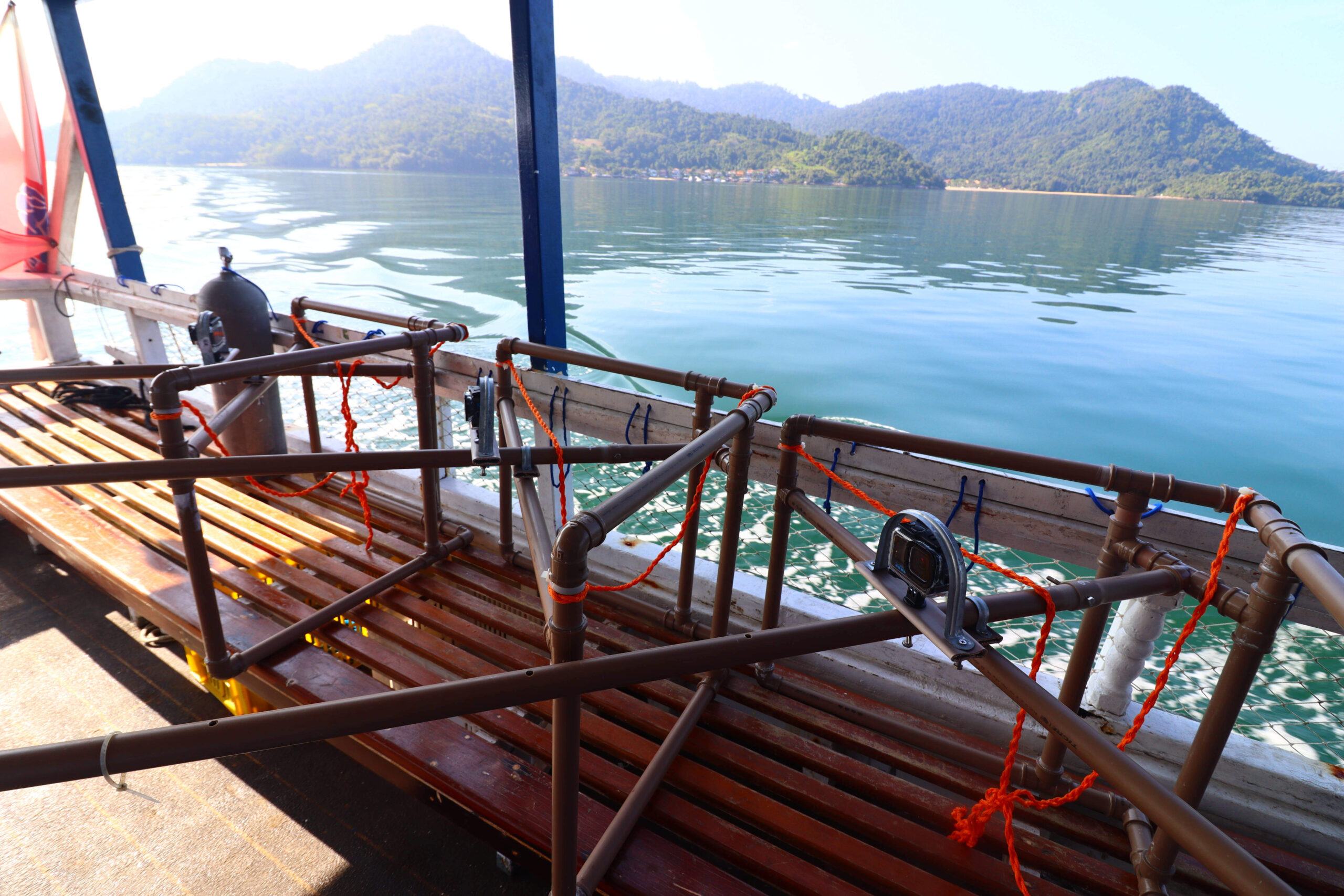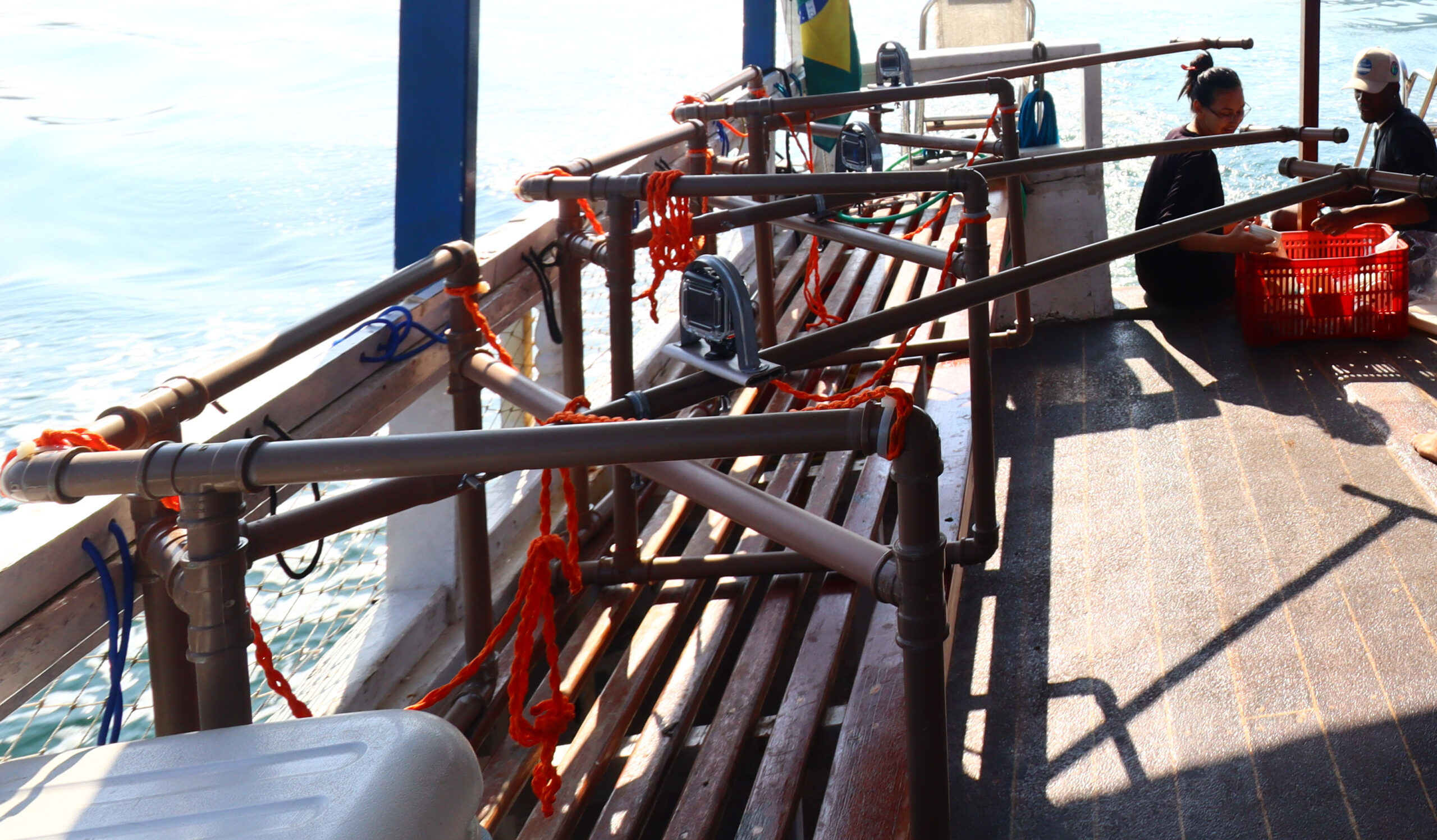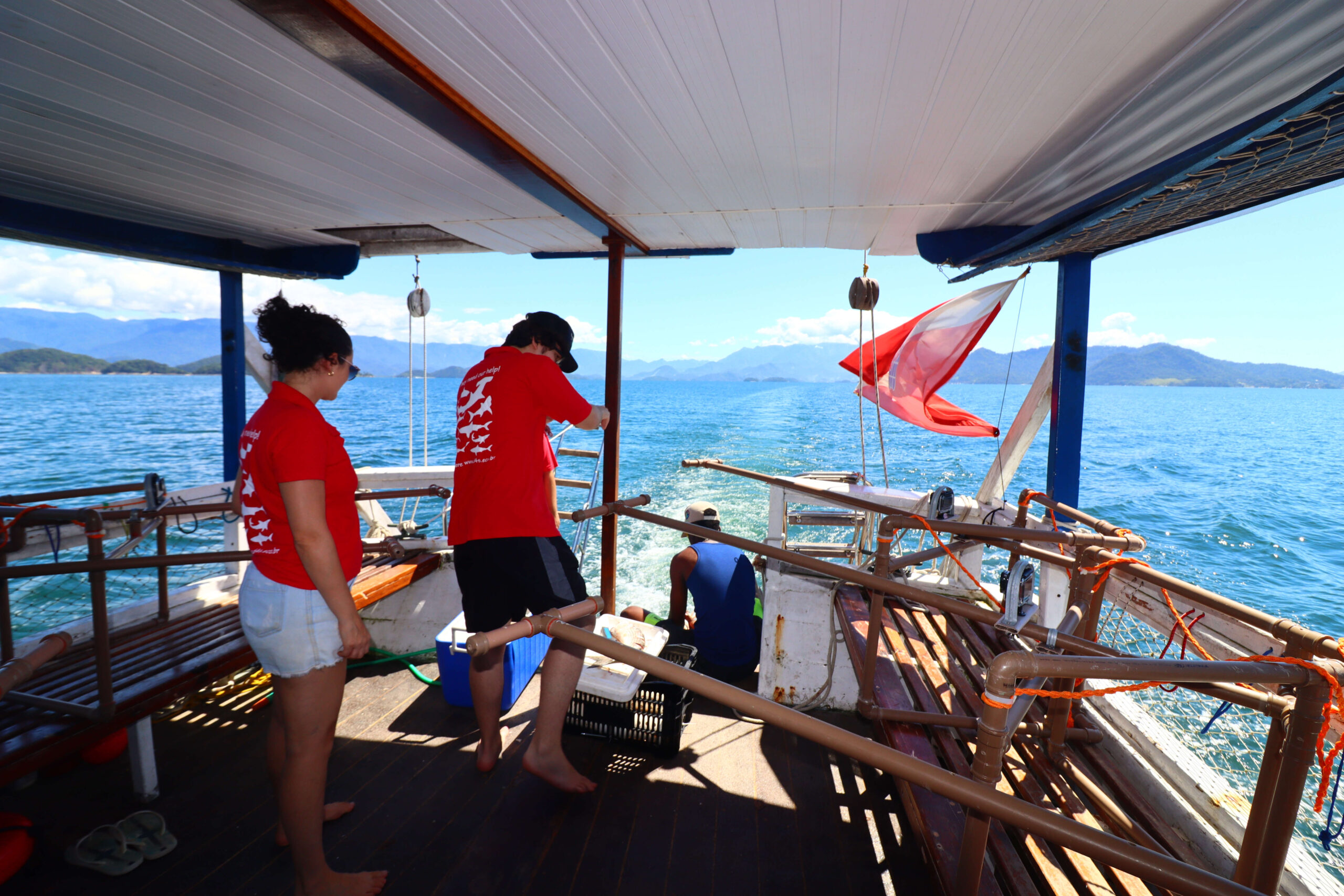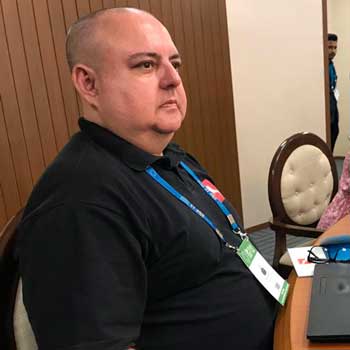Do you know what a Bruv is? The abbreviation comes from Baited Remote Underwater Video. In short, it is a base with support for a video camera with a waterproof case, usually a GoPro, on one side and on the opposite an elongated rod where a bait box is attached.
When the Onda Azul Marine Study Center, which I direct, was invited to participate as a partner in the Ilha Grande Bay Sharks Project, Rio de Janeiro – Brazil, one of my missions was to take care of the contracting and production of 6 of these bases called Bruv . Originally planned to be made of aluminum, we had a lot of difficulty finding locksmiths who could make the dimensions and shape required. After good nights of research, I came across several works published in the most diverse places around the world about Bruvs produced, so to speak, by hand using PVC pipes and their connections, weldable, of the same type used in residential cold water piping as the base material. I studied and researched working with this type of material and then manufactured the Bruv pilot, and later the other 5 used in shark research.
See some photos of our bruvs below:



The use of underwater remote video is an essential tool for shark research and conservation in Ilha Grande Bay. This technology allows the team to verify the presence and observe the behavior of these animals in their natural environment without directly interfering with their habitat. With the images captured, they can study the ecology of sharks, identify species, monitor populations and even assess the health of individuals.
Additionally, underwater remote video is a non-invasive way to collect data, which is crucial for the conservation of these endangered animals. By avoiding direct contact with sharks, it is possible to reduce the stress caused by traditional approaches such as physical tagging. In this way, scientists can obtain valuable information about the biology and behavior of sharks without harming their integrity or well-being.
In summary, the use of remote underwater video in the research and conservation of sharks in Ilha Grande Bay is essential to promote the conservation of these animals and their marine habitat. This technology offers an effective and ethical way to study sharks, contributing to the protection of these species that are so important to the marine ecosystem.
Soon our partner Onda Azul Marine Study Center will renew its page and will start with online and blended courses, the first being precisely about the construction of Bruvs!
If you’re curious about the type of images a Bruv can record, here below watch a few minutes of the recording of one of our Bruvs at the bottom of the sea in Ilha Grande Bay.
And don't forget to like, follow and subscribe to our YouTube channel!
Follow this Blog to receive the latest news and find out when the courses start.



